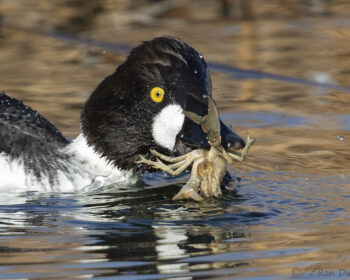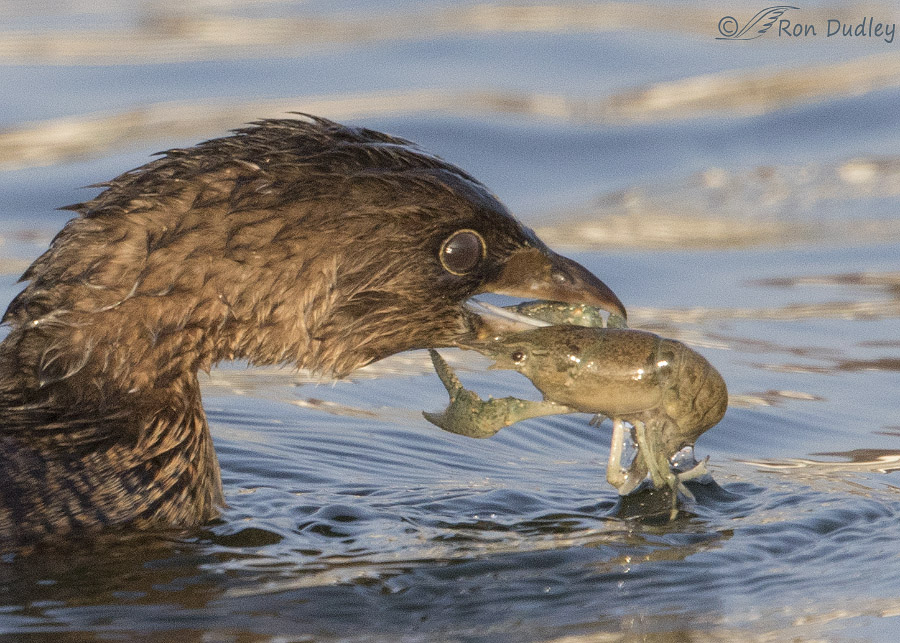Tag: claws
Another Pied-billed Grebe With Yet Another Crayfish
Barn Owl Hunting Adaptations And Techniques
One more Barn Owl post and then I’ll give them a rest for a while. Lately I’ve spent a lot of time watching these birds hunt and I’ve become intrigued by the process and their adaptations for doing so. Hunting over deep snow presents unique challenges because their prey (typically voles) spends most of their time in tunnels under the surface, so the owls are often hunting by sound alone. According to Birds of North America Online (out of Cornell) Barn Owls hunt prey by sound more effectively than any other animal ever tested (I’m unsure if this statement takes into account the use of sonar by cetaceans and ultrasonic sounds by bats but BNA seldom gets things like this wrong). 1/3200, f/7.1, ISO 500, 500 f/4, 1.4 tc, natural light, not baited, set up or called in They fly low and slow over the surface while watching and listening but with this much snow they usually locate the voles only by sound. Notice that they can tuck their legs up into their ventral feathers so far that only the feet are visible. It’s amazing that they can do so because… 1/3200, f/7.1, ISO 500, 500 f/4, 1.4 tc, natural light, not baited, set up or called in as you can see in this “butt shot” those legs are incredibly long. This is an adaptation for grasping prey through deep vegetation or snow. Their claws (nails) are unusually long and sharp and the middle nail has a pectinate inner edge, most likely an adaptation for grasping prey…



